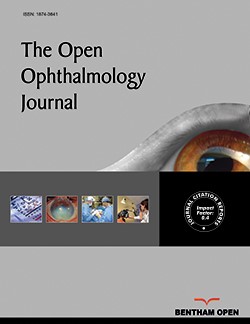All published articles of this journal are available on ScienceDirect.
Choroidal Thickness in Non-proliferative Diabetic Retinopathy vs Healthy Eyes using SS-OCT
Abstract
Background
The association between choroidal changes and diabetic retinopathy pathophysiology remains unclear.
Objective
We aimed to assess choroidal thickness (CT) in patients with Non-Proliferative Diabetic Retinopathy (NPDR) using swept-source optical coherence tomography (SS-OCT) and compare it with that of healthy individuals.
Methods
We included patients with NPDR (NPDR group) and healthy individuals (control group). All the enrolled eyes were examined using SS-OCT, and CT measurements were obtained within a 6×6 mm area centered on the macular fovea. The area was divided into three regions: the central foveal region (0–1 mm), inner ring (1–3 mm from the foveal center), and outer ring (3–6 mm from the foveal center). Furthermore, both the inner and outer rings were segmented into four quadrants (superior, inferior, nasal, and temporal).
Results
The mean CT in the central foveal region was higher in NPDR group than in control group (P < 0.001). The mean CT in the four quadrants in the inner ring was higher in NPDR group than in control group (superior: P = 0.023; inferior: P = 0.003; nasal: P = 0.001; temporal: P = 0.003). In the outer ring region, the mean CT in the inferior and nasal quadrants was higher in NPDR group than in control group (P = 0.037; P < 0.001). The mean CT in the superior and temporal quadrants in the outer ring was higher in the NPDR group, but the difference was not significant.
Conclusion
This study concludes that CT was greater in patients with NPDR than in healthy individuals.


